How to Replace An RV Converter With An Inverter
Inverter Chargers are a must-have RV accessory if you do a lot of camping off-grid. Not only does it convert DC power to AC power, but it can also charge your battery bank. This is a popular upgrade many motorhome owners make to replace the current converter.
There are two main things to look for when deciding which inverter/charger to get: size and type. In this article, we’ll discuss the best inverter/chargers and explain how to replace your old converter.
- Confused about power? Learn the difference between an inverter and converter
- Check out these RV solar system wiring diagrams
- 2000W continuous, 6000W surge (20 seconds)
- 16A, 120V pure sine wave
- 70A smart battery charger
- 3000W pure sine wave inverter; 4800W surge (5 seconds), 6000W surge (1 second)
- 120V pure sine wave
- 125A battery charger
- 3000W continuous, 6000W surge output
- 120V pure sine wave
- 150A battery charger
- 3000W continuous, 6000W surge output
- 25A, 120V pure sine wave
- 120A battery charger
What Is An Inverter Charger?
Inverters combined with smart converters are called inverter chargers. They can charge your battery bank with city power and also provide power to run household electronics from your RV battery bank.
Inverter Chargers are particularly useful if you do a lot of boondocking or off-grid camping.
Without an inverter/charger you cannot power 120V electronics like coffee pots, laptops, hairdryers or microwaves.
What Can You Do With An Inverter/Charger?
- Convert DC power to AC power
- Charge your battery bank
- Power 12 volt DC electronics
- Power AC household electronics
Why Upgrade Your Converter?
Most RV motorhomes come with a converter pre-installed. They are normally located underneath the AC breaker panel.
Converters are simple, single-stage systems that convert 120v AC power to 12v DC power and slowly charge up your battery bank while simultaneously powering your RV. This works well when you’re plugged into city power, but it’s of little help when you’re camping off-grid.
Luckily, upgrading your converter is a relatively simple process that comes with many benefits. Here are a few reasons you would want to upgrade to an inverter/charger.
- They can charge your battery bank.
- They have all of the benefits of a smart converter.
- You can use all of your electronics off-grid.
- One unit does the job of two devices.
- Most come with an automatic transfer switch so you don’t have to manually turn them on and off like a standard inverter.
- Many inverter chargers have an automatic generator start feature. If the batteries drop too low, the inverter will send a signal to the generator to turn on and run until they are topped off again. This will keep the battery bank full and the electricity flowing without a touch.
- They are compatible with all battery types.
Inverter Types: (PSW) VS (MSW)
Power can be inverted from DC to AC in two ways: modified sine wave (MSW), or pure sine wave (PSW).
Modified Sine Wave (MSW)
Modified sine wave inverters are more accurately called multi-step wave inverters. They are a simple design that creates a “choppy” approximation of a sine wave.
For many electronics like light bulbs or power tools, it makes little difference in how the wave looks. But for advanced devices that have microprocessors like laptops and induction burners, a clean wave is required to regulate temperature properly and extend their lifespan.
- MSW inverters are cheaper than PSW and create a “buzzing” noise when operating those devices; they are less efficient.
Pure Sine Wave (PSW)
Pure sine wave inverters are more complex and have a higher up-front cost. They are more efficient and have no limitations as to what AC devices you can plug into them. We recommend this option if you have the means.
- Pure Sine Wave inverters are the best type for an RV
Size
Inverters are sized by how many watts they can output. Most are listed in continuous watts and peak (or surge) watts.
Continuous Watts refers to the number of watts the inverter can output in normal use. This is the listed inverter size, and the size you base your measurements on.
Peak (or surge) Watts is the maximum output that the inverter can handle for a short period of time. The purpose is that many devices have a “start” load that is significantly higher than their running load.
For example, a refrigerator compressor may draw 100W when it kicks on, but settle down to a steady 50W after a couple of seconds.
Determine the max number of Watts per use
To size your inverter, you’ll want to figure out the maximum number of watts that you’ll be using at one time. To do this, you want to add up all the electronic devices that will be plugged in at once. Sometimes you will have devices that won’t ever be used together (AC and electric blanket) so pick the larger of the two.
Then pick an inverter that is rated at a comfortable size above that load (120% or so). We’ve built a solar calculator to help you do this.
Common Sizes
In an RV, the most common inverter sizes purchased are 2000W and 3000W. But you also want to make sure your battery bank is capable of powering your inverter/charger. We talk about this more in this article about RV batteries.
Be aware that an RV with 30A shore power is limited to 3600 watts. An RV with 50A shore power is limited to 12,000 watts.
Our Recommendations
Sizing an inverter can very specific so we recommend you do some further reading if you’re new to RV electricity. However, if you’re just looking for a general rule of thumb, here are our recommendations:
- <2000W inverter chargers work well for weekend warriors and RV campers who use one household appliance at a time.
- 3000W inverter chargers are large enough for most full-time RV campers. These are big enough to allow you to use multiple AC powered devices at the same time such as a microwave and a hairdryer.
- >3000W inverter chargers are for power-hungry full-timers. These are the campers driving large class A motorhomes, powering multiple large electronics at once, and using electricity as you would in a house.
Protections And Features
The best inverter brands will have a number of protections built in place. These protections will safeguard your electronics, the RV electrical system, and the inverter itself. Listed below are some of the common protections to look out for.
- Overload
- Over-temperature
- High voltage
- Low voltage
- Short circuit
- Internally fused
- Low and high voltage alarm
- Cooling fan
- Isolated ground neutrals
Auto Transfer Switches
The best inverter chargers will have an auto transfer switch included. These automatically sense generator power and prevent two power sources from entering the AC Distribution Panel at the same time.
Additionally, if the batteries drop too low, the inverter will send a signal to the generator to turn on and run until they are topped off again. This will keep the battery bank full and the electricity flowing without a touch.
Best Inverter Charger Brands
There are many brands out there that manufacture inverter/chargers for RV campers. This includes a number of Chinese knock-off products which can be found significantly cheaper than some of the more well-known brands.
We highly recommend purchasing from a reputable company because you will get better customer service and a warranty which can be invaluable on your road trip.
- Some of the most well-known and popular RV inverter/charger brands are AIMS Power, Go Power!, Xantrex, Samlex, Victron, and Magnasine
How To Replace An Converter With An Inverter
Converters can be directly replaced with 3-stage converter or an inverter charger. This video by Xantrek demonstrates how to replace your current converter with an inverter/charger.
Steps
- Disconnect your RV from power
- Disconnect the RV battery (negative then positive wires)
- Remove the face from your power control center
- Disconnect the converter charger DC wiring
- Disconnect the converter charger AC wiring
- Remove the converter
- Create a mounting location for the new inverter charger
- Run the AC wiring from the inverter to the breaker panel
- Connect the AC side of the inverter
- AC in (coming from the shore power)
- AC out (going from inverter to the breaker panel)
- Connect the DC side of the inverter
- To the battery bank
FAQs
Can I replace my RV converter with an inverter?
Yes, you can replace your RV converter with an inverter/charger. This is a common upgrade for travelers who want power household electronics while camping off-grid.
What is an inverter/converter combo?
An inverter/charger is a combined unit that both converts DC power to AC and charges your battery bank. It can be used in place of or in addition to the converter charger in your RV.
Can you use an inverter and converter together?
Yes, you can use an inverter and converter together. The inverter will handle the AC power needs of your RV while the converter will charge the battery bank when plugged into shore power.
Inverter/Chargers are a big upgrade from converters. If you do a lot of camping off-grid, this is a must-have accessory. We recommend sizing your inverter and purchasing from a reputable RV brand that will give you an energy-efficient product with a solid warranty.

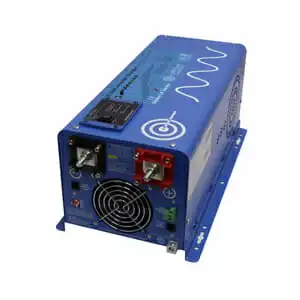
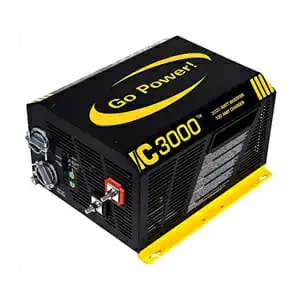
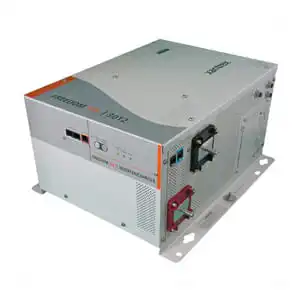
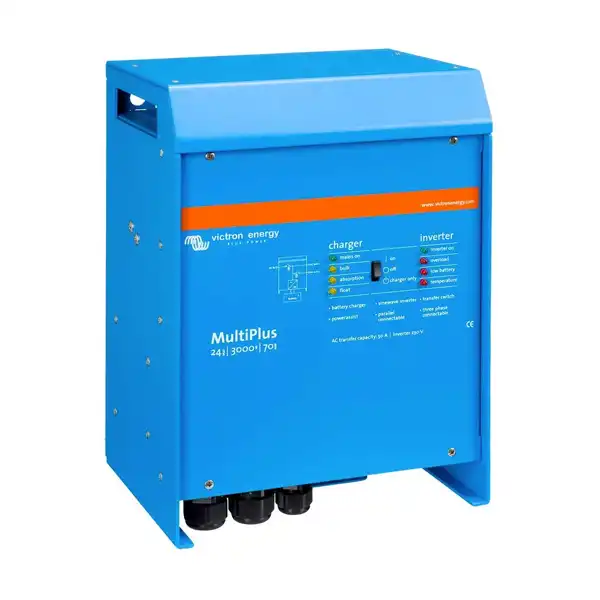
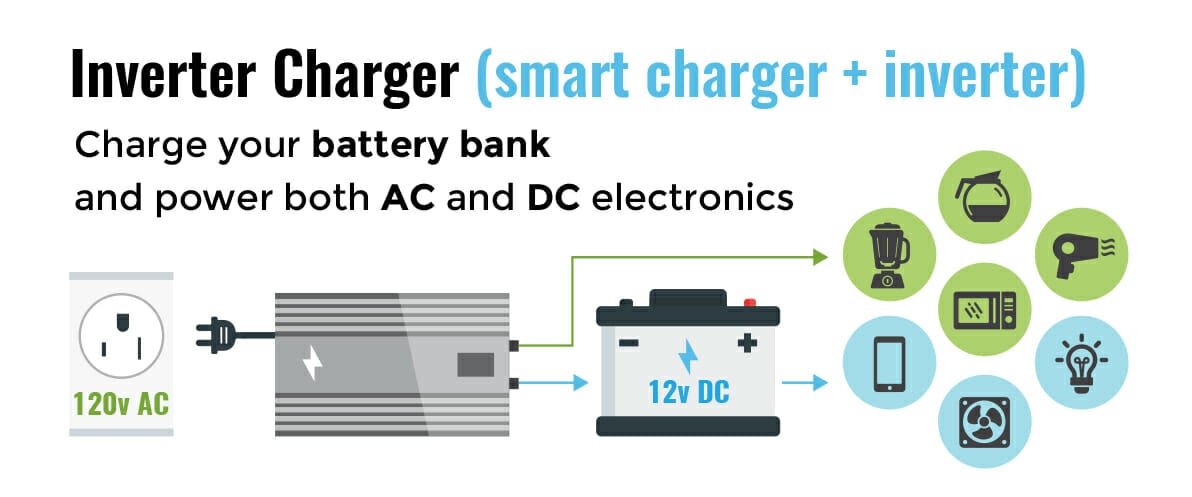
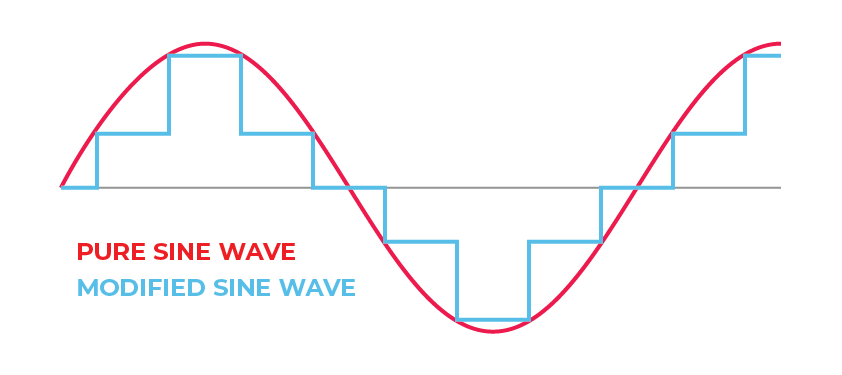
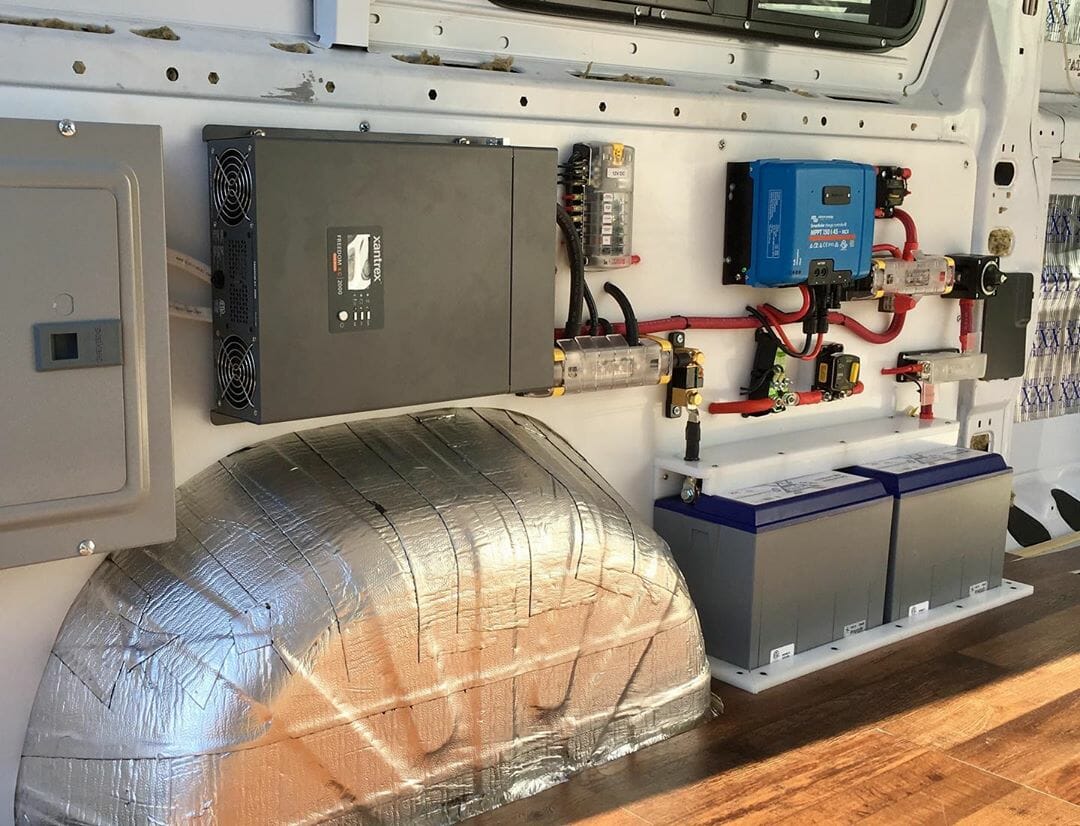
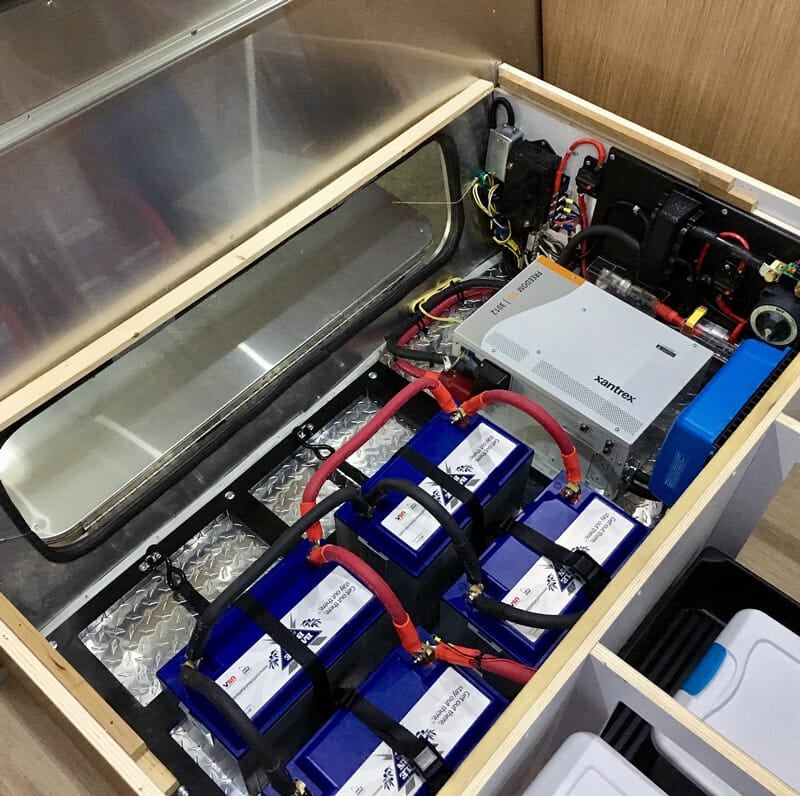
Will I connect directly from shore power/generator into the input side of the inverter/charger and the output side go directly to the power panel (Progressive Dynamics 4045). If I install a Inverter/charger, how will the DC circuits get power if you remove the converter. Would I leave the battery connected to PD 4045 in the negative and positive terminals.
Weston- Yes, the inverter/charger outputs AC and DC, so connect outputs to AC and DC panels. The idea is that you remove the old converter and hook up dc circuits to new unit dc output, but many converters also serve as a distribution/fuse box. You could leave old converter inline and disconnect its power source. You can probably even leave it on for faster charging, but then you would need a way to shut it off when inverter is running. I have separate inverter / charger and use a contactor to turn on charger only when on shore power.
Do the original AC and DC outputs to the panels normally come from the converter? In which case all I have to do is reroute those to the inverter? Or do I have to run new wiring from the inverter to the AC and DC distribution panels?
Question 1 I have a surge protector do I leave that in before the inverter /charger of put it after the inverter/charger?
Question 2 I have a transfer switch between shore power and surge protector that trans furs AC between Genny or shore power. Do i need to put inverter/charger before the trans fur switch?
How does the battery control center of an rv come into play when adding an invertor
Do newer class A motorhomes run exclusively on the 12v lot to 120volt inverter?
The reason I ask is, a friend has a trek MH. I know when he has the tv on and he turns off the generator, the tv seamlessly remains on without even blinking. It appears to me the the system charges the batteries only when plugged in or running the generator.
The whole 120 volt electrical system appears to run solely on the inverter.
Is this how newer motorhomes are wired?
I love your site. Very helpful. One thing that is confusing is the Inverter/Chargers you list do not indicate if they are compatible with LiFePO4 batteries, specifically Battle Born. The AIMS for example is NOT compatible with Lithium according to their literature. I found similar issues when researching Renogy. They sell inverter/controllers but not all are compatible with their own Lithium batteries. This subject can be very confusing.
when i run off the house batteries, i only have lights, no power to plug ins, i dont like to run off of the generator… i have a parallax 7300 converter, what is the cheapest but best way to be able to use plug ins. thanx
I currently have an inverter that does 8000 cont and 16000 peak but it is just an inverter, not an inverter charger. Is it possible to add an additional inverter hooked up to its own AC single piece but running into the DC system to charge the batteries from a “shore power hookup”…? make sense…
Can I connect an inverter to the battery input terminals on my converter and use only when shore power is not connected?